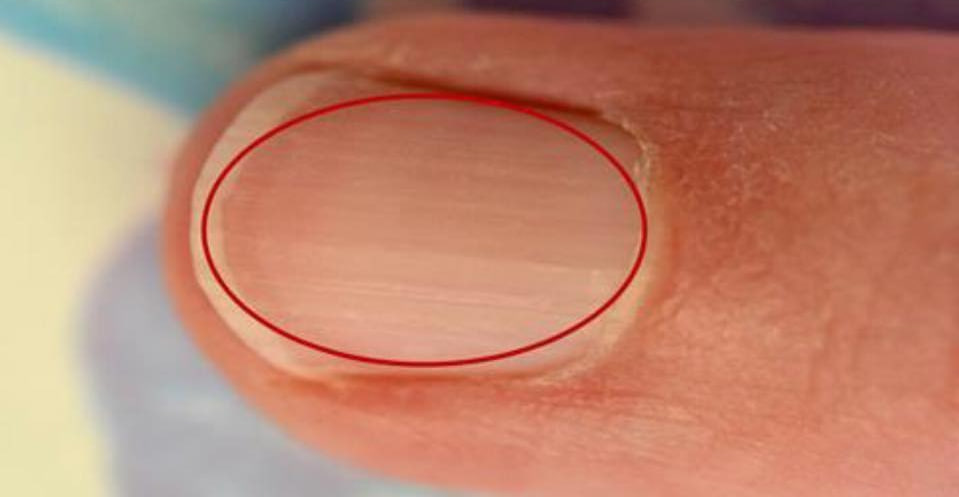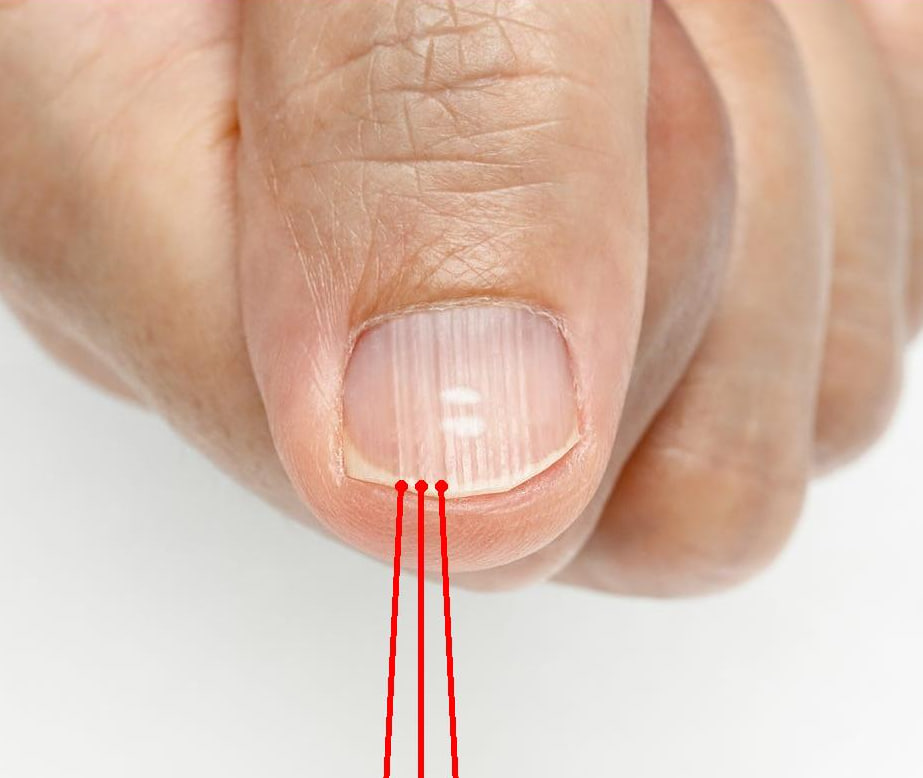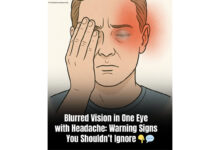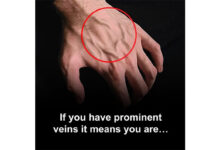What Those Vertical Lines on Your Nails Could Really Mean – Doctors Say Don’t Ignore These Signs
“Those little lines on your nails? They might be saying more than you think” 💅🧐 Vertical ridges aren’t just a cosmetic detail—they could be your body’s quiet way of asking for help. From stress to vitamin deficiencies, find out what your nails might be trying to tell you in the article below 👇
Have you ever noticed the thin lines running from the bottom to the top of your nails? We often ignore them and think they’re no big deal. But sometimes they become deeper and more visible—and that’s when many of us take a second look.
Surprisingly, our nails can say a lot about what’s going on inside our bodies. They’re not just there for polish—they can be little warning signs that something might need attention.

Nails Can Reflect Your Health
Nails are more than decoration. They’re linked to your nerves, blood, and bones. If something in your body isn’t working right, nails are often one of the first places where it shows. Vertical ridges, spots, or breakage may be signs that your body is missing something. Sometimes it’s just dryness or aging—but not always.
Let’s look at six possible reasons for vertical ridges on your nails and what you can do about them.
1. Low Iron Levels: Nails Are Starving for Oxygen
Iron helps red blood cells carry oxygen throughout the body. Without enough iron, your body—and your nails—don’t get the oxygen they need. That can make your nail beds dry and cause deep ridges to form.
You might also feel tired all the time, get dizzy, or notice your skin looks pale. This is especially common in women due to menstruation or in people who don’t eat enough iron-rich foods like red meat or leafy greens.
Before changing your diet or taking supplements, it’s best to get tested. A doctor can confirm if low iron is the reason and guide you on how to treat it.

2. Not Enough Vitamin B12: Trouble With Nerves and Nails
Vitamin B12 supports your nervous system and helps your blood carry oxygen. If you don’t get enough, it can affect nail growth, causing ridges to form. You might also feel tired, forgetful, or have numbness in your hands and feet.
B12 is mostly found in animal products, so vegans and people with digestive issues (like Crohn’s) are more at risk.
Supplements and foods like fortified cereals or nutritional yeast can help—but again, only if tests show you need them.

3. Thyroid Issues: When Hormones Go Out of Balance
Your thyroid helps control how your body works—energy, temperature, and even nail growth. If it slows down (a condition called hypothyroidism), your nails may become dry, brittle, and ridged. You might also feel tired, gain weight, lose hair, or notice your skin gets rough.
Thyroid problems can come from low iodine, stress, or immune disorders. Blood tests (like TSH, T3, and T4) can tell you what’s going on. If your thyroid is the problem, treatment or lifestyle changes can help.

4. Stress: More Than Just Feeling Overwhelmed
Stress affects everything—including your nails. When you’re under pressure for a long time, your body produces cortisol. This hormone can block nutrients from reaching your nails and slow their growth, causing ridges.
Stress can also make thyroid issues worse and affect how your body absorbs vitamins.
If your nails look rough after a tough month, it’s not just in your head. Try calming things like walking, deep breathing, or chatting with a friend. Your nails will thank you for it.
5. Poor Digestion: Eating Right, But Not Absorbing
Even if you’re eating healthy, your body might not be absorbing what it needs. Digestive issues like bloating, acid reflux, or constipation can mean that vitamins and minerals aren’t getting where they need to go—like your nails.
This could be due to gut problems like gastritis, stress, or just poor diet.
Start with simple changes—drink warm water in the morning, cut down on greasy food, and eat more fiber. But if problems continue, a doctor can help you figure it out. Healthy digestion = healthier nails.

6. Biting Your Nails: More Harmful Than It Looks
If you bite your nails (yep, lots of people do), it can damage the nail bed. The pressure from your teeth and damage to the cuticle can lead to ridges or even infections.
People often bite their nails due to boredom or stress. Breaking the habit isn’t easy, but it’s possible. Try stress-relief techniques or use bitter-tasting nail polish to discourage biting.
In Conclusion
Vertical lines on your nails aren’t always a reason to worry—but they shouldn’t be ignored either. They could be your body’s way of telling you it needs more iron, B12, hormone support, stress relief, better digestion, or just a break from bad habits.
Next time you notice ridges on your nails, take a moment to think about how you’re feeling, what you’ve been eating, and whether your body is trying to send you a message.

And remember: this article is just for information. If you’re unsure or something feels off, it’s always best to check with a doctor.
If you enjoyed this article or learned something new, drop a comment below and share your thoughts!

